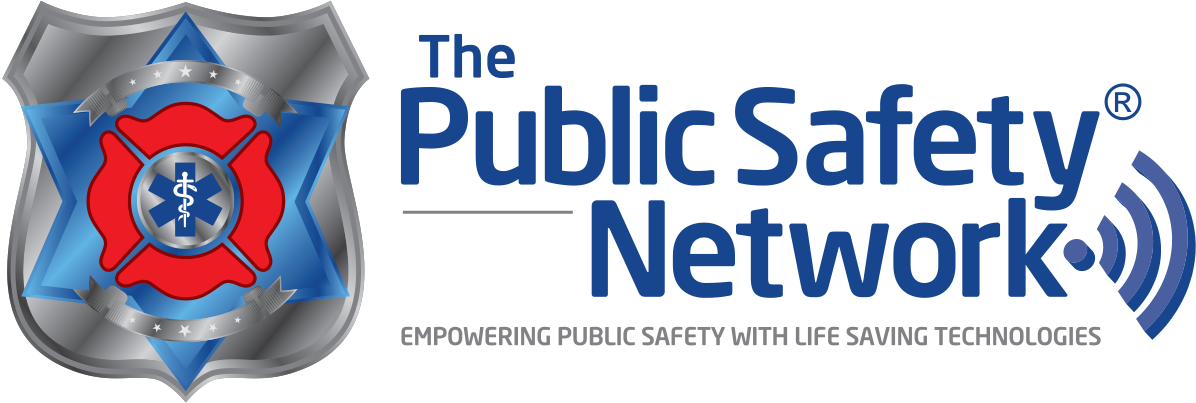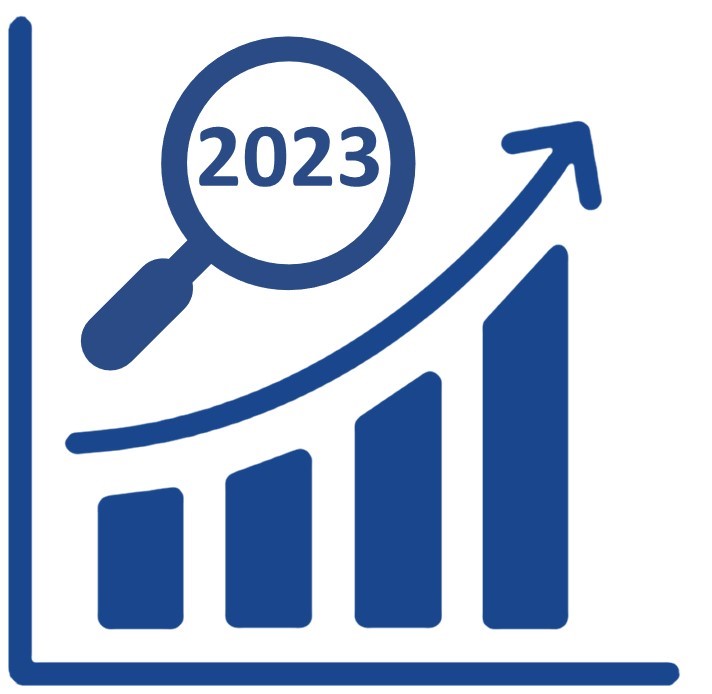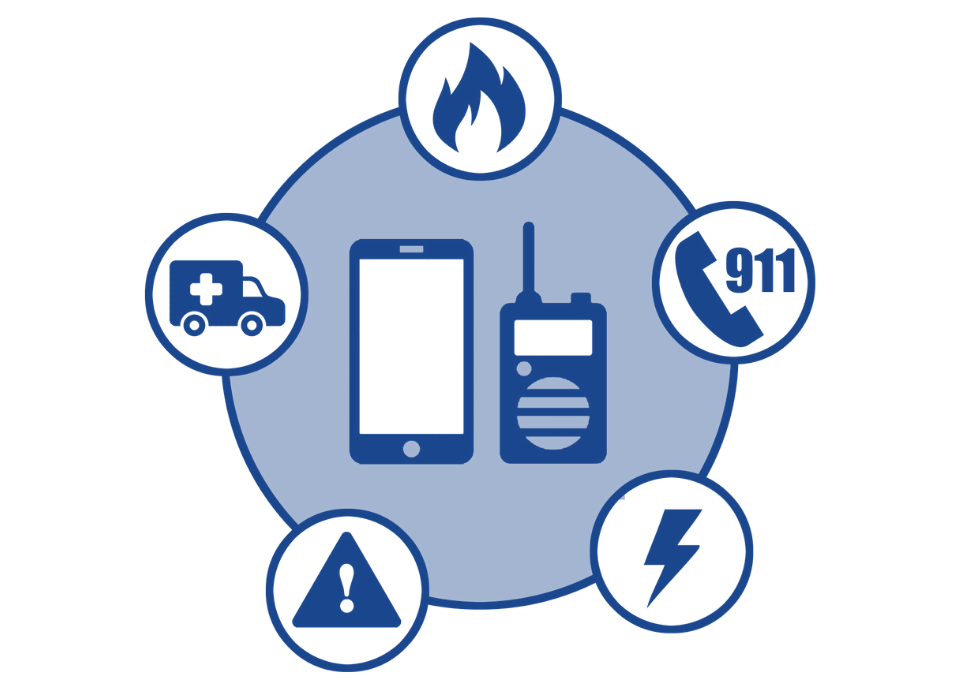
Improving Patient Care with EMS Focused Technology Solutions: Part 1
June 29, 2021
Improving Patient Care with EMS Focused Technology Solutions: Part 3
August 27, 2021Improving Patient Care with EMS Focused Technology Solutions: Part 2
Let’s dive right into the next stage of a 911 call for EMS response and transport – EMS crew(s) getting dispatched and traveling to the scene – and examine new technology solutions and their impact on improving patient care. Solutions offered to enhance response capabilities during dispatch and travel tend to focus on data sharing between dispatch and EMS for incident information and EMS and healthcare providers for patient information, ultimately enhancing situational awareness for all responders involved.
From an operational perspective, a call taker dispatches the appropriate personnel and apparatus to the scene based on the information they can gather and relays the incident information to those responders. Technology solutions are increasing the amount of data available to call takers and enhancing real-time information sharing with the EMS personnel dispatched to the scene. EMS crews review the incident information en route, which is provided by the computer aided dispatch (CAD) system or communicated by voice over radio.
Here, there is a lot of focus on CAD and other data integrations with situational awareness or “single pane of glass” solutions, transition to data communications, and enhanced connectivity. The ultimate goal is to get the right information to the appropriate responding personnel in a digestible and actionable medium at the right time, which will involve a delicate balance of both automation and direct human intervention in the data supply chain.
Enabling technologies:
- Intrepid Networks’ Response situational awareness platform provides mapping, location, information sharing, and push-to-talk voice communications for day-to-day and emergency response.
- Axon and RapidSOS partnership give 911 centers free access to location data, incident alerts and streaming video from Axon devices and share that information with first responders in the field.
- In vehicle router (IVR) alternatives for connectivity – portability, multiple SIM, as a service purchasing, range extension (e.g., high power user equipment, mesh, etc.)
- Allerio and Assured Wireless provide connectivity equipment to expand the reach of typical LTE devices today, offering LTE connectivity from 3 nationwide carriers in a single, portable solution or extending the range of FirstNet’s® Band 14 cell sites by 3x (also known as MegaRange™), respectively.
- HyphaSATPTT leverages LMR, LTE and (affordable) satellite to extend coverage while using smart “least cost” routing to provide connectivity where terrestrial networks exist and where they don’t.
- Drone delivery of automated external defibrillators for out-of-hospital cardiac arrest can result in faster initiation of CPR.
- Livestream 911 calls directly to first responders for improved situational awareness and faster response times with Live911.
Next up in Part 3, we are going to explore new technologies that are helping EMS personnel when they arrive on scene, leave the ambulance and approach the patient.




